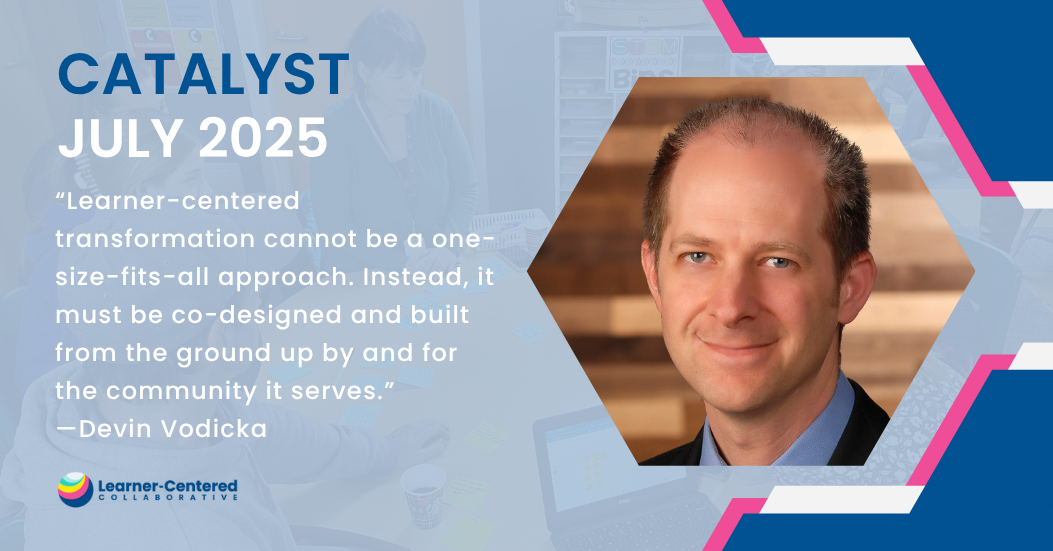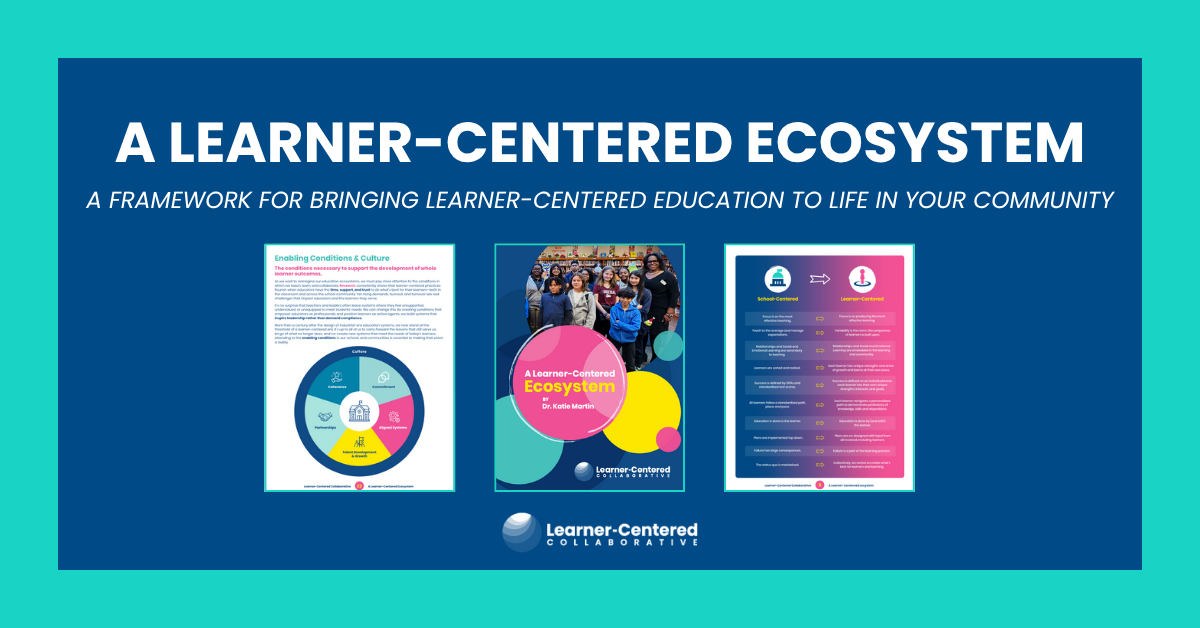4 Practical Tips for Creating Coherence Within Your District

In any educational setting, clarity of vision, a well-understood mission, and a core set of operational values can fundamentally transform how initiatives are executed and objectives are met. I have come to understand this deeply through my experiences as an educational leader.
The privilege of working with school and district leaders from a diversity of local and regional contexts has afforded me and the Learner-Centered Collaborative team to take note of similar opportunities and challenges faced from one community to the next. One of those challenges is forming coherence between a district’s superintendent, their core leadership team, building principals, classroom teachers, classified staff, families, and students.
Coherence throughout the system—namely, the individual internalization of the district’s vision, mission, and values—is essential to achieving transformational change. So, the essential question becomes: How do we form coherence throughout the system?
There are four key and surprisingly simple actions that, if acted on consistently, can turn a faraway vision into a lived reality.
1. Simplicity
The effectiveness of a vision lies in its simplicity and the frequency of its reinforcement. A vision, along with the mission and values, needs to be concise enough to be memorable. If our visions are too detailed and complex, we risk misinterpretations, misapplications, or, most likely, a collective disregard in favor of operating as usual.
2. Repetition
At every opportunity, whether in meetings or informal discussions, referencing these core principles keeps them relevant and embeds them into the organizational culture. During my tenure as superintendent, we ensured our district values were visually displayed and reiterated at every board meeting. Agendas were drafted with our vision and values at the very top. This visual reinforcement, combined with consistent acknowledgment in our communications, helped cement these ideas not just as abstract principles but as actionable guides.
That practice has continued here at Learner-Centered Collaborative with the board and staff. Each quarter, the staff gathers virtually in “all hands” meetings or in person during semi-annual retreats. Regardless of the setting, we start our time together with a reading of the vision, mission, and values—popcorning around the room for different team members to share, to the best of their memory, each of these items. It’s a light-hearted “test” that reiterates what guides our daily work.
3. Cultural Artifacts and Celebrations
This could easily be combined with the “repetition” section above, but I think it deserves special attention. Celebrating the work being done to realize our vision is of critical importance, and doing so with language from our vision, mission, and values emphasizes how we as leaders are assessing our organization’s progress.
Oftentimes, when we think about celebrations, we focus on individuals. One transformative shift we made during my superintendency was to celebrate teams, instead. This aligned to our value of collaboration. If all we did was celebrate the individual, how would that encourage collaboration?
One more anecdote comes from my days as a principal where we made a very simple change from celebrating staff on Fridays and doing it on Mondays instead. This set a tone of valuing beginnings and possibilities over endings.
These practices might seem small, but they are profound in reinforcing the cultural ethos of an organization.
4. Measuring What Matters
To achieve true coherence in an educational environment, every aspect, from assessments to daily interactions, must align with the vision and values. This includes how we celebrate achievements and how we articulate and measure success through tools like scorecards and learner profiles. The alignment ensures that not just adults but also students see and experience the values in action, promoting a cohesive educational journey.
The clarity of vision and its consistent application is not just an administrative responsibility; it’s the linchpin of organizational success in education. By simplifying, repeating, and living our values, we create an environment where every stakeholder can thrive and contribute to the overarching goals of the organization. What actions will you take to ensure coherence within your learning community?






